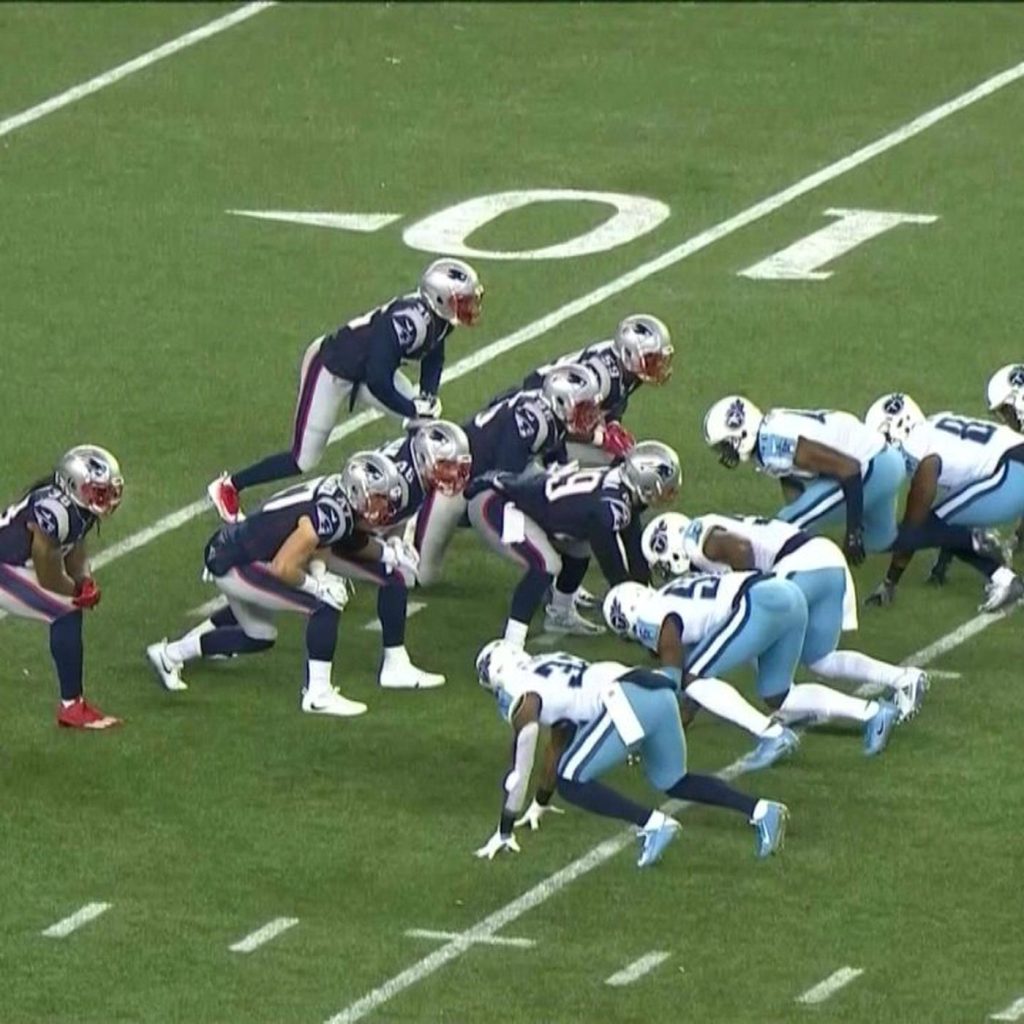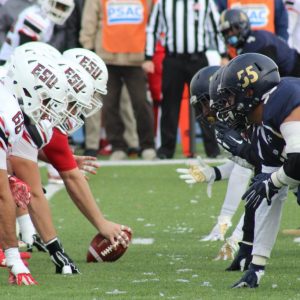I. Introduction
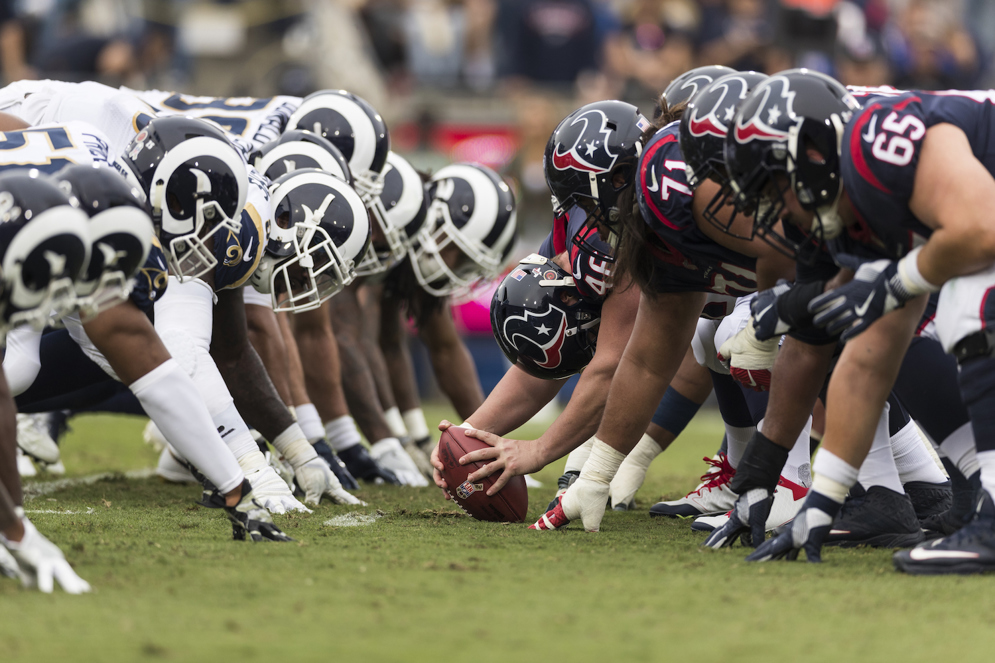
A. Definition and overview of the neutral zone in football The neutral zone in football refers to the space between the offense and defense during a play. It serves as a barrier that separates the two teams and sets the stage for fair competition. Understanding the concept of the neutral zone is crucial for players, coaches, and fans alike in order to grasp the intricacies of the game.
B. Importance and impact of the neutral zone on gameplay The neutral zone plays a significant role in determining the flow and outcome of a football game. It affects offensive and defensive strategies, as well as the potential for penalties and violations. Mastering the nuances of the neutral zone can give teams a competitive edge and influence the course of the game.
II. The Role of the Neutral Zone
A. Primary purpose of the neutral zone
- Separating the offense and defense The primary function of the neutral zone is to establish a clear divide between the offense and defense. This provides a fair and balanced playing field where both teams have equal opportunities and face the same challenges.
- Creating a fair and balanced playing field The neutral zone ensures that neither the offense nor the defense gains an unfair advantage during a play. It allows defenders to position themselves properly, while also providing enough space for the offense to execute their plays effectively. This balance is crucial for maintaining the integrity and fairness of the game.
B. Size and dimensions of the neutral zone
- NFL regulations and specifications The National Football League (NFL) has specific rules governing the size and dimensions of the neutral zone. These regulations ensure consistency and uniformity across all NFL games, creating a level playing field for teams.
- Variations in the neutral zone size across different football leagues While the NFL has set standards for the neutral zone, there may be variations in size and dimensions across different football leagues. These variations may be influenced by factors such as league rules, playing style, and regional preferences.
III. Rules and Violations in the Neutral Zone
A. Offside penalties and encroachment
- Definition and consequences Offside penalties occur when a defensive player crosses the neutral zone prior to the snap, while encroachment refers to a defensive player making contact with an offensive player or crossing the neutral zone, resulting in an immediate penalty. These penalties can result in significant consequences for the penalized team, such as yardage penalties and giving the offense a free play.
- Role of the neutral zone in determining infractions The neutral zone is crucial in determining whether a player has encroached or gone offside. The position of the ball in relation to the neutral zone and the movement of defensive players are important factors in determining the violation.
B. Defensive alignment and the neutral zone
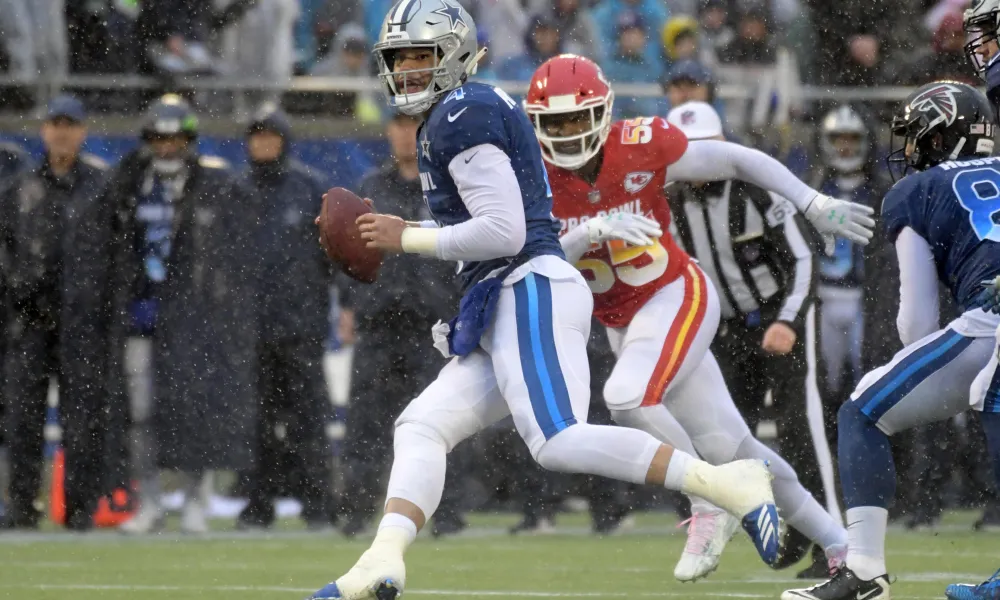
- Strategies to disrupt the offense Defensive teams often utilize the neutral zone strategically to disrupt the offense. By studying offensive formations and tendencies, defenders can position themselves in a way that creates confusion and hampers the execution of offensive plays.
- Challenges and limitations faced by defenders Defenders must be mindful of the neutral zone boundaries and maintain their positioning without crossing it prematurely. This can be challenging, as they must react quickly to offensive movements while also adhering to the rules.
IV. Offensive Strategies in the Neutral Zone
A. Utilizing the neutral zone for tactical advantages In the fast-paced game of football, the neutral zone provides an opportunity for offense to gain tactical advantages over the defense. There are several strategies that teams employ to exploit this zone.
- Quick snaps and countering the defense By using quick snaps, offenses can catch the defense off-guard and exploit any mismatches or breakdowns in coverage. The objective is to snap the ball before the defense has time to properly set up and react, allowing the offense to gain an advantage in terms of time and positioning.
- Drawing defenders offside Another strategy is to use a hard count or a cadence that lures defensive players into jumping offside, resulting in a penalty against the defense. This technique is commonly used to gain a “free play” where the offense can take a shot downfield without repercussions.
B. Managing the neutral zone for better execution While utilizing the neutral zone for tactical advantages is crucial, the offense also needs to effectively manage this zone for better execution of their plays.
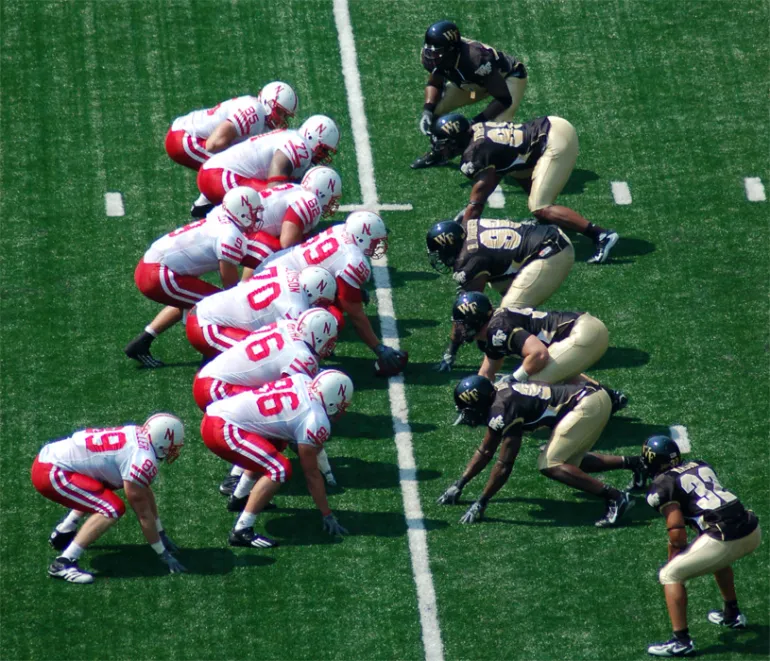
- Proper alignment and pre-snap adjustments Offensive players must align themselves correctly within the neutral zone to execute their plays effectively. This involves understanding and adjusting to the defensive alignment, identifying potential blitzes or coverage schemes, and making pre-snap adjustments to exploit any weaknesses.
- Importance of discipline and timing Discipline and timing are vital when managing the neutral zone. Offensive linemen must stay patient and not false start, while running backs and wide receivers need to time their routes correctly. Any miscues or errors in timing can lead to penalties or missed opportunities for offensive success.
V. The Impact of the Neutral Zone on the Game
A. Offensive advantages and disadvantages
The neutral zone plays a significant role in shaping the success of an offense. It provides both advantages and challenges that teams must navigate.
- Creating space for the offense With the separation provided by the neutral zone, offenses have additional room to operate. This space allows for better execution of plays, the creation of running lanes for the ground game, and the ability to stretch the defense vertically with deep passing plays.
- Challenges faced by offensive players However, the neutral zone also poses challenges for offensive players. Defensive players can use the zone to their advantage, disguising their intentions and creating confusion for the offense. The tight quarters within the neutral zone make it difficult for offensive linemen to protect the quarterback and for skill position players to find open space.
B. Defensive advantages and disadvantages

Defensive players also have opportunities to exploit the neutral zone to their advantage, although they face their own set of challenges.
- Disrupting offensive plays The neutral zone allows defensive players to disrupt offensive plays by getting penetration into the backfield, disrupting timing between the quarterback and receivers, or negating running lanes for ball carriers. By effectively controlling the neutral zone, a defense can effectively shut down an opposing offense.
- Balancing risks and rewards However, the defensive players must balance the risks and rewards of trying to make plays within the neutral zone. Aggressive defensive tactics such as blitzing or jumping routes can lead to big plays for the offense if not executed correctly, giving the offense an advantage.
VI. Conclusion
The neutral zone in football provides a battleground where offense and defense strategize and vie for supremacy. The offensive strategies mentioned above, such as quick snaps and drawing defenders offside, are tools used by teams to gain an advantage over the defense. On the other hand, the defense can create disruptions and control the flow of the game from within the neutral zone.
Understanding the impact of the neutral zone on the game is crucial for teams to develop effective strategies and tactics. By utilizing the neutral zone for tactical advantages and managing it effectively, teams can maximize their offensive potential while minimizing the risks and challenges posed by the defense. As both offense and defense continue to evolve and adapt their strategies, the neutral zone remains a critical aspect of the game and plays a significant role in shaping the outcome of each play and ultimately the game itself.
